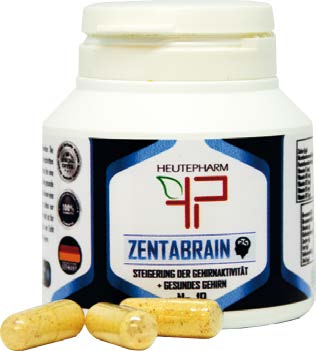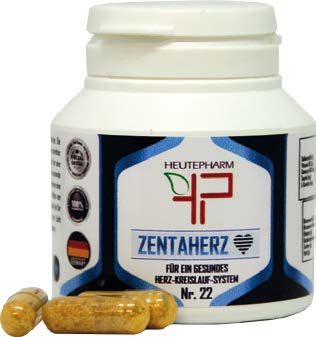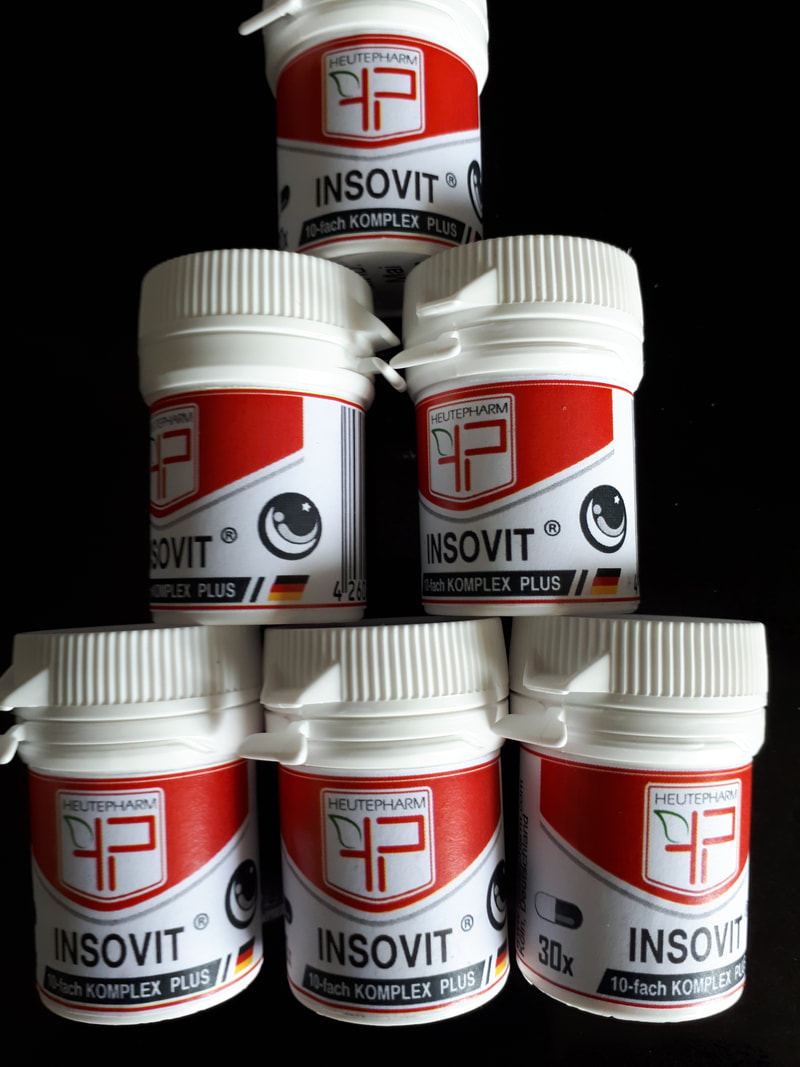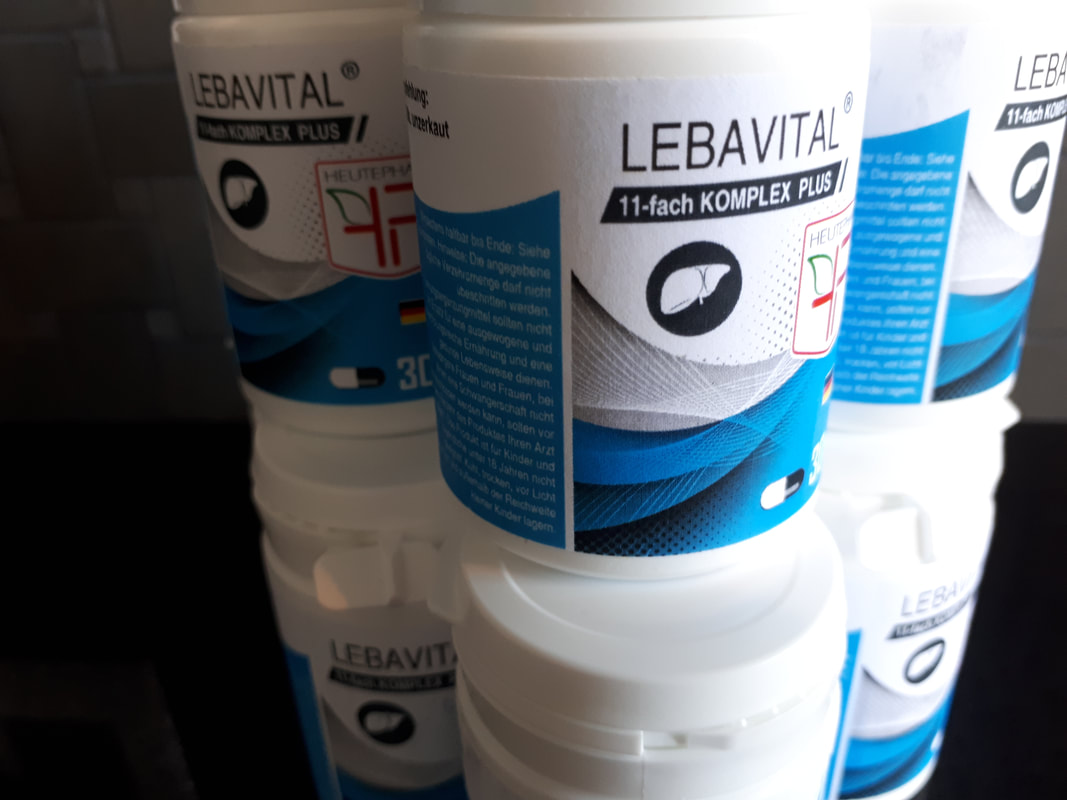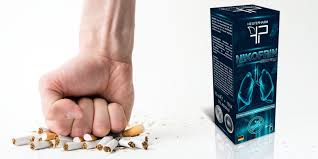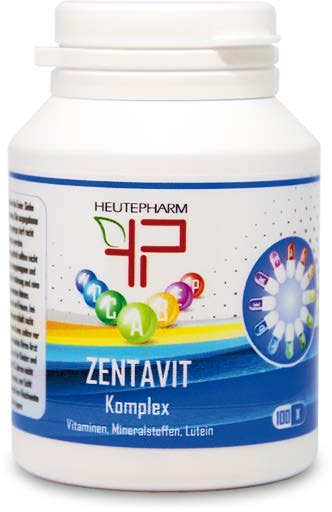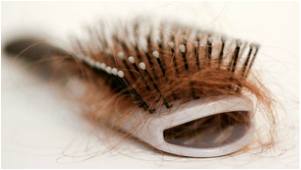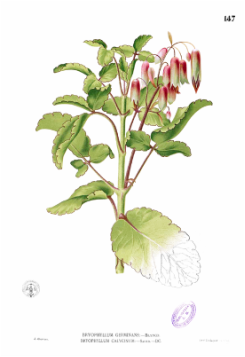|
Marijuana can be a useful for many patients, especially for pain and nausea relief, however it carries risk and side effects.
First of all, Marijuana is a mood-altering drug that affects almost every organ in the body, due to its psychoactive ingredient cannabinol (THC). Cannabinol acts on specific brain receptors, causing possible mood changes, depression, suicidal thinking, memory issues, and disruption to normal learning abilities, and also may produce dependency. THC and other cannabinoids in marijuana are similar to cannabinoids produced by the body. These natural cannabinoids act like neurotransmitters that send chemical messages between nerve cells (neurons) throughout the nervous system, and affect brain areas involved in memory, thinking, concentration, movement, coordination, sensory and time perception, as well as Marijuana’s cannabinoids. The receptors that respond to these cannabinoids also react to THC, which can alter and disrupt normal brain function, including brain control memory creation and attention. Marijuana contains more than 120 compounds, which have different properties. However, popularity of using Marijuana for medical purposes, brings the potential risks of cannabis negative health outcomes, particularly affecting the brain. One study, for instance, found that potent cannabis can cause damage to the brain's white matter, which is important in communication between brain cells. Researchers are concerned about a potential link between cannabis use and instances of psychosis, a condition which causes a person to become unable to distinguish between real and imaginary events. In a new study, investigators from King's College London (UK), in collaboration with colleagues from other institutions, have been looking to confirm the presence of this link. The researchers have also sought to understand which cannabis users are most likely to experience an episode of psychosis. They find a strong association between drug potency and frequency of use and the risk of psychosis. Although marijuana may have some benefits, its use could cause health issues for older people with cardiovascular disease, as well. Some people use the drug recreationally, while some use it to relieve chronic pain and the impact of some mental health issues. However, experts state that there needs to be more research into the effects of marijuana in older people. A new study finds, people who use marijuana may be three times more likely to die from high blood pressure than non-users of the drug. The researchers indicate that marijuana use is a greater risk factor for poor cardiovascular health than cigarette smoking. Also, researchers assessed marijuana use might influence the risk of death from hypertension, heart disease, and cerebrovascular disease. Research on cannabis is really just now ramping up because of legalization and work going forward will play an important role in investigating both the short-term benefits and potential long-term consequences of chronic cannabis use. Vision Problems and Autoimmune Disorders |
| Adding milk to your tea can reduce the health benefits of catechins (some antioxidants) in the tea. When you add milk, the protein casein binds to catechins in the tea, making it unavailable to the body. Studies show that black tea without milk allows the arteries to relax and expand, increasing blood flow. So, develop a taste without milk. It matters! |
A new study revealed that dark chocolate helps you perform better when eaten before a workout. In dark chocolate was found epicatechin-the healthy flavonoid, which helps in a natural way to increase your energy. However, only small amount of dark chocolate (approximately 5 grams) is needed to enhance the performance. Overeating would undo the benefit.
Further, milk chocolate would not suffice, as it is too processed.
Some chocolaty pre-workout snacks:
....a handful of dark chocolate chips
or ....a few dark chocolate covered pretzels
or ....a cup of coffee with a sprinkle of cocoa
Do not overdo it!!! If you are still craving chocolate after a workout, make yourself a glass of chocolate milk.
Further, milk chocolate would not suffice, as it is too processed.
Some chocolaty pre-workout snacks:
....a handful of dark chocolate chips
or ....a few dark chocolate covered pretzels
or ....a cup of coffee with a sprinkle of cocoa
Do not overdo it!!! If you are still craving chocolate after a workout, make yourself a glass of chocolate milk.
It is popular houseplant, but almost unknown as medicinal plant, which leaf and stem contain significant chemicals bufadienolides, which are potential anticancer and insecticidal active compounds. Other its phytochemicals proved against parasitic and bacterial infections, possess antiulcer activity and may be used as antidepressant.
Kalanchoe has potent anti-histamine activity, especially research demonstrates that its leaf juice is able to block histamine receptors in the lungs and so may be used as anti-allergic remedy.
In animal studies, Kalanchoe shown sedative and central nervous system depressant actions.
As antibacterial, and anti-inflammatory, Kalanchoe pinnata traditionally is used for treating upper respiratory conditions and coughs
Its anti-inflammatory effects have been partially attributed to the immunomodulatory and immune suppressant effect.
As well, traditionally, Kalanchoe leaves are rubbed or tied on the head for headaches; leaf decoction usually taken to lower blood pressure, leaf juice used for earache, and it is used for rheumatoid arthritis, bruises, burns and ulcers.
And do you know?
Kalanchoe pinnata is used also to make curls vitality, shine, stop hair loss, strengthen the hair bulb, facilitate combing and styling, and to make a thicker head of hair
Kalanchoe has potent anti-histamine activity, especially research demonstrates that its leaf juice is able to block histamine receptors in the lungs and so may be used as anti-allergic remedy.
In animal studies, Kalanchoe shown sedative and central nervous system depressant actions.
As antibacterial, and anti-inflammatory, Kalanchoe pinnata traditionally is used for treating upper respiratory conditions and coughs
Its anti-inflammatory effects have been partially attributed to the immunomodulatory and immune suppressant effect.
As well, traditionally, Kalanchoe leaves are rubbed or tied on the head for headaches; leaf decoction usually taken to lower blood pressure, leaf juice used for earache, and it is used for rheumatoid arthritis, bruises, burns and ulcers.
And do you know?
Kalanchoe pinnata is used also to make curls vitality, shine, stop hair loss, strengthen the hair bulb, facilitate combing and styling, and to make a thicker head of hair

